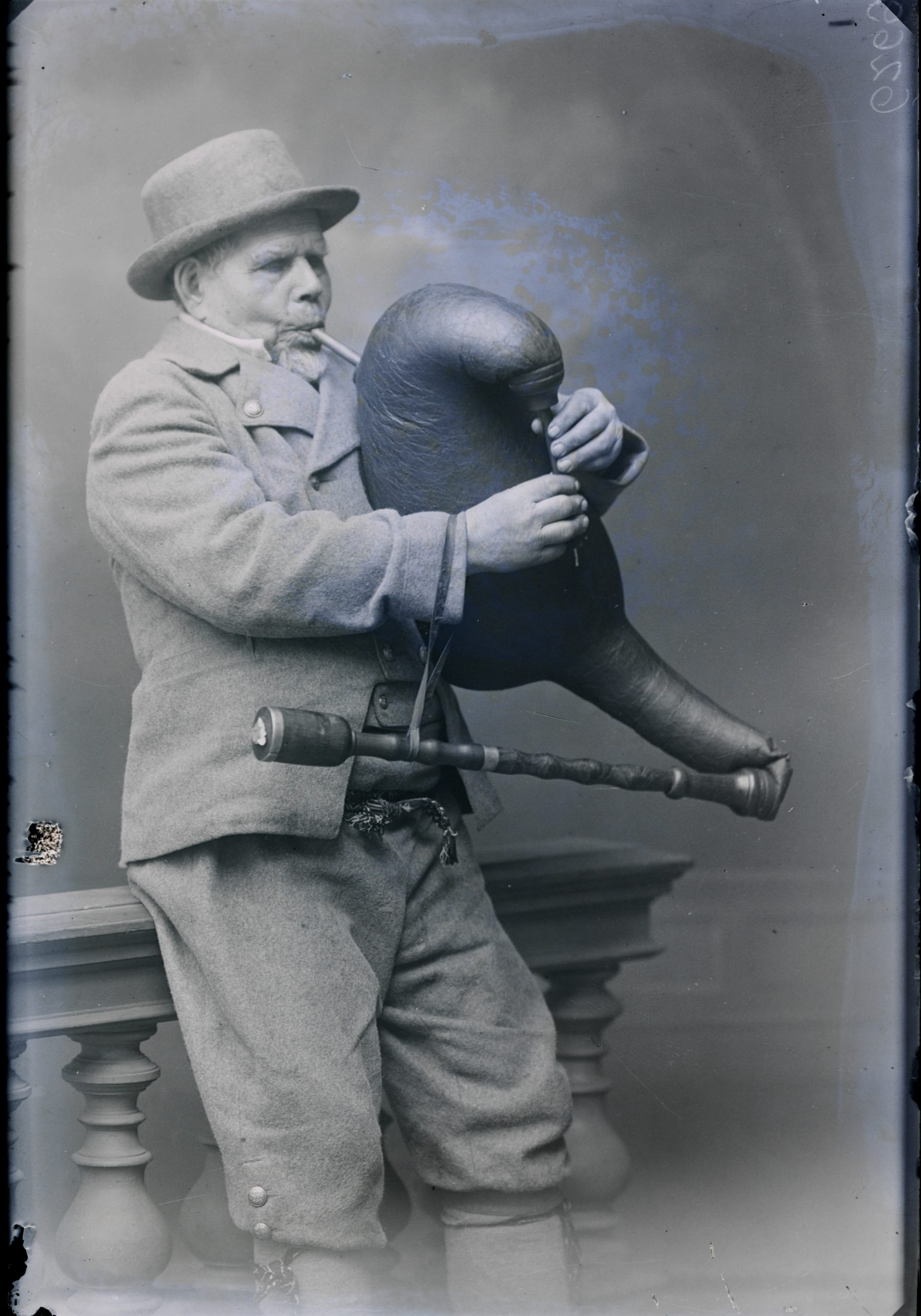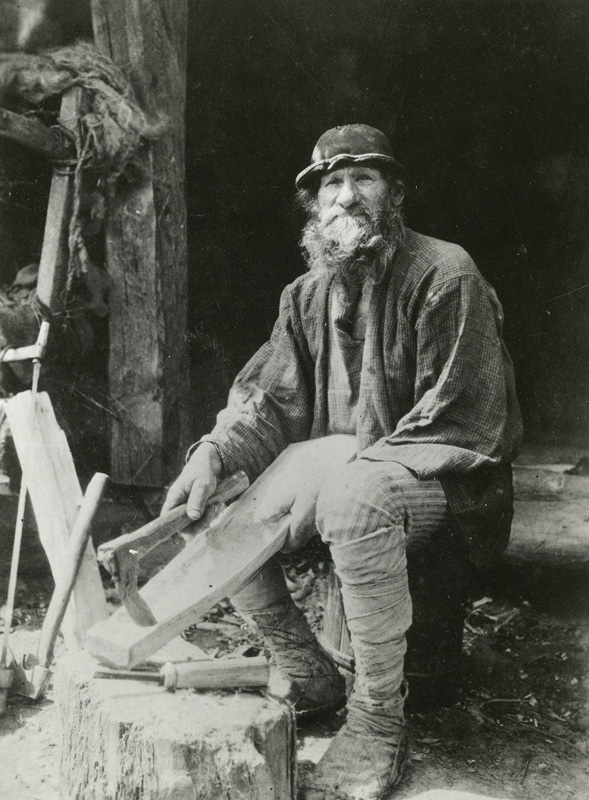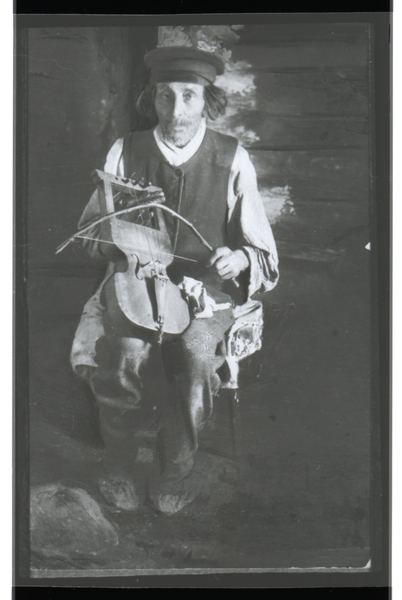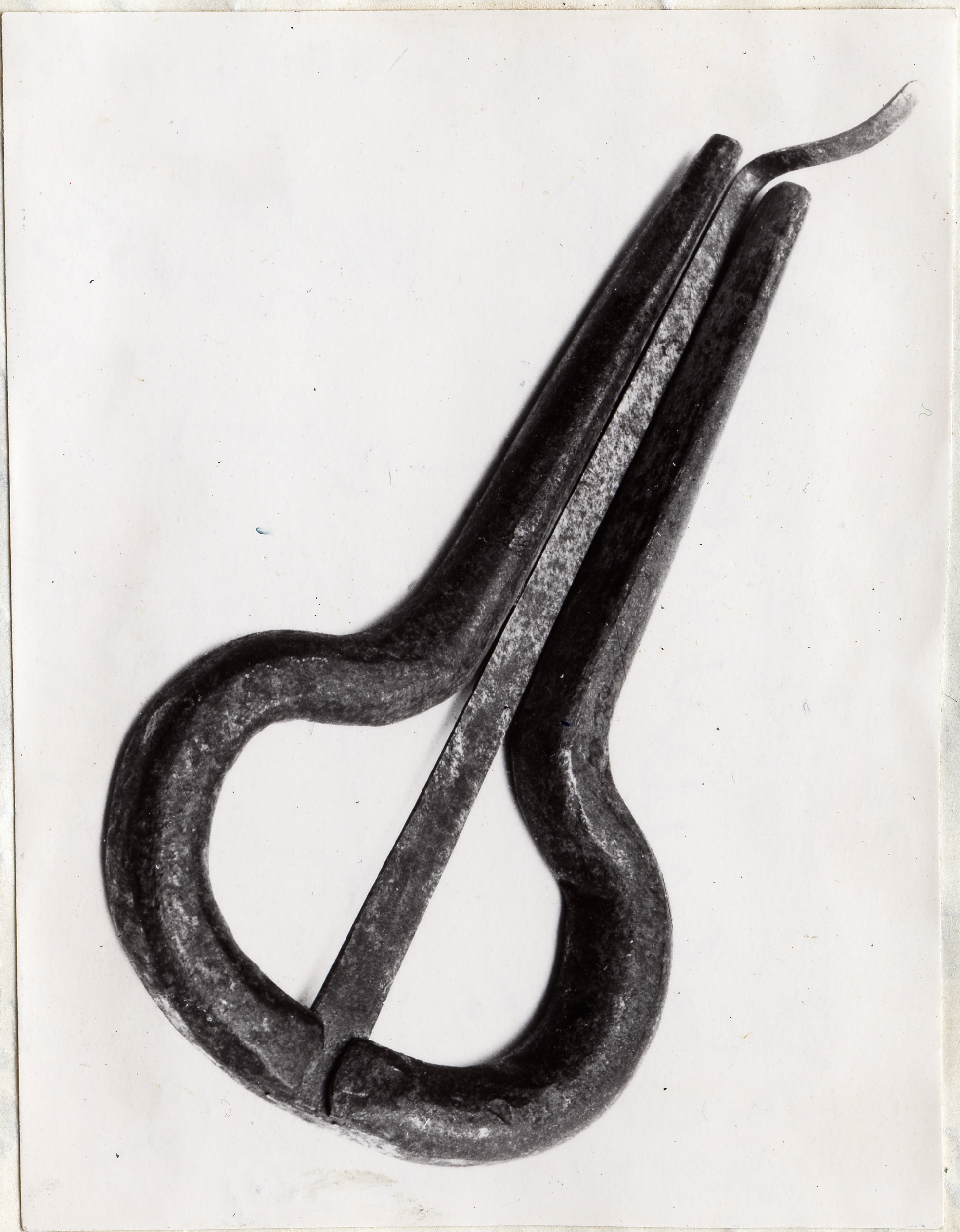Estonian traditional music

Historical background
During the nineteenth century, when tradition bearers were still living, several largescale expeditions to collect folklore were organised in Estonia. Thanks to these efforts, Estonia can now boast of one of the largest folk song collections in the world.
Genres
The oldest form of traditional music in Estonia is runo song. Runo song is an oral music tradition based on recitative melodies. The lead singer and the choir sing alternately, and one melody is often used for different lyrics. Runo song can no longer be called a living tradition; however, many contemporary traditional musicians interpret the runo song in new ways.
Reference work
Credit to Sandrine Le Coz, PhD in music anthropology
- The Role of Historical and Ethnographical Sources in the Bagpipe Revival in the Baltics, Valdis Muktupavels
- Latvia, Garland Encyclopedia of World Music, Valdis Muktupavels
- The « Dangerous » Folksongs: The Neo-folklore Movement of Occupied Latvia in the 1980’s, Valdis Muktupavels
- The Power of Song: Nonviolent National Culture in the Baltic Singing Revolution, Guntis Smidchens
- What comes when folk fades away, Jurij Dobriakov
- Archaic industry, Jurij Dobriakov
- Lithuanian postfolklore, Egle Gelaziute Praneviciene
- The Black-Horned Moon Festival: Change is life, Povilas Vaitkevicius
Organology
Along with runo songs, Estonian traditional music has also used a wide range of folk instruments – mainly for dance music and rituals. The instruments were mostly homemade, and only the more complicated ones were purchased.

Torupill (bagpipe)
- Made of the stomach of a cow or seal, sometimes the skin of a dog, goat or other, smaller animal
- The drone pipes and the chanter (with 5–7 finger holes) are made of wood
- The tone is generated by the piuk, a single reed made of reed or goose feather
- Played at dances, ceremonial occasions, for example weddings, but also to cheer up tired peasants working in the landlord’s fields

Kannel (Estonian plucked zither)
- A stringed instrument with 6–7 strings
- The old, small kannel has been around for 2,000 years
- Hollowed out of one plank and covered by a thin soundboard made of spruce
- Overlaid with strings of horsehair or animal intestines, placed fan-like over the soundboard, in newer versions parallel strings are also used

Hiiukannel or talharpa (bowed lyre)
- A stringed instrument played with a bow
- Talharpa in Swedish or hiiukannel in Estonian
- Played by Swedes and Estonians living in the islands and coastal areas in Western Estonia
- An important instrument played at weddings in Western Estonia
- The body is made of wood, the strings and the bow of horsehair

Parmupill (Jew’s harp)
- A metal self-sounding instrument or idiophone
- The earliest archaeological finds in Estonia date back to the 13th century
- An elastic tongue (lamella) is attached to a metal frame, and sound is produced through the vibration of the lamella
- The vibrations of the instrument are amplified with the help of the mouth cavity
- Can be used to play complex melodies
Estonian playlist and videos
Credit to Sandrine Le Coz, PhD in music anthropology
Leegajus
Duo Ruut
Mari Kalkun
Trad.Attack!
RO:TORO
Arvo Part
Veljo Tormis
Metsatoll & Estonian National Male Choir
Cätlin Mägi
Puuluup
Maarja Nuut & Ruum
Dj NOEP
Unejogi (Meelika Hainsoo & Mirjam Tally)